The term “House Centipede” is used to describe two different species of centipedes, but most people are usually referring to Scutigera coleoptrata, the handsome customer you see to the right. The other, less common house centipede is larger and darker, and found in Australia.
House centipedes are sometimes mistakenly referred to as silverfish.
The common house centipede of North America originated from the Mediterranean and spread to other parts of the world where it made its home in the homes on humans.
This house centipede is typically yellow or gray with brown stripes on its back. It has 15 pairs of legs when it reaches adulthood and can live for up to 7 years. These delicate legs allow the house centipede to run very fast. It can reach speeds of up to 1 mile an hour (or about 16″ per second.)
House centipedes are insectivores, meaning they eat other insects. The primary diet of house centipedes is spiders, silverfish, cockroaches, woodbugs, flies, wasps and anything else they can find.
Most pests are attracted to the homes of humans because of the ample supply of food to be found. House centipedes are attracted to the homes of humans because they eat the other pests that dwell within.
If you have house centipedes in your home, it is most likely that you have a problem with other pests as well.
Some people consider house centipedes to be “useful” to maintaining pest control in your home because they eat other pests, such as spiders and silverfish. But most people find the house centipede to be… how do I put this… disgusting. They are freaky looking and terrifying when they scurry across your walls, ceiling, counter or floors.
In order to maintain house centipede control, the main thing you need to do is eliminate sources of moisture in your home. Most pests are attracted to moist environments because they cannot survive where it’s dry. By eliminating moisture, you will eliminate other pests and house centipedes will seek other areas in search of food.
It is also important to close off all entry points to your home. Put screen on windows, seal cracks in your walls, etc. More and more house centipedes will keep coming in search of food unless you block off the entry points.
This article comes courtesy of House Centipede. For more information please visit that web site.


